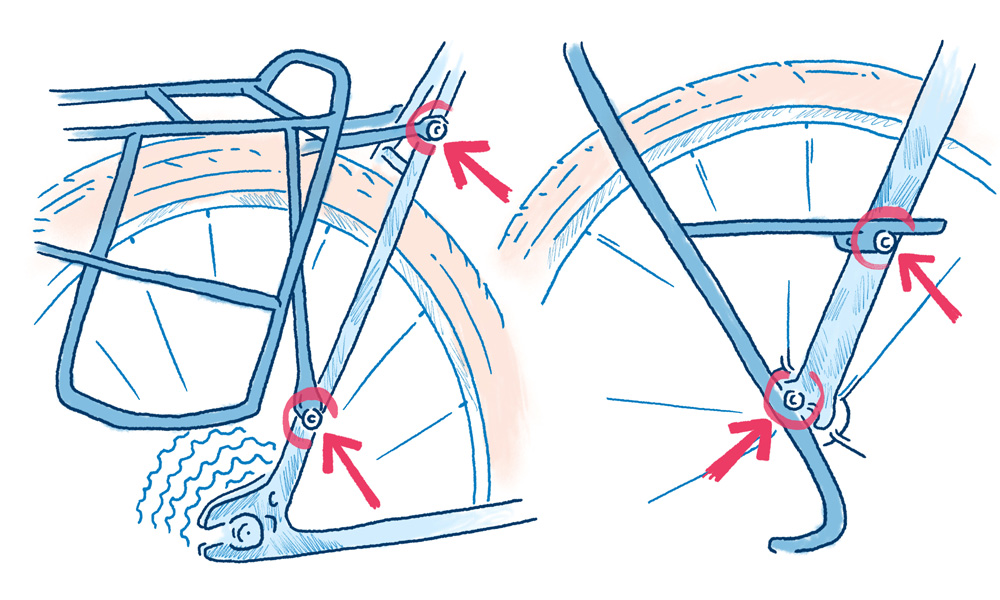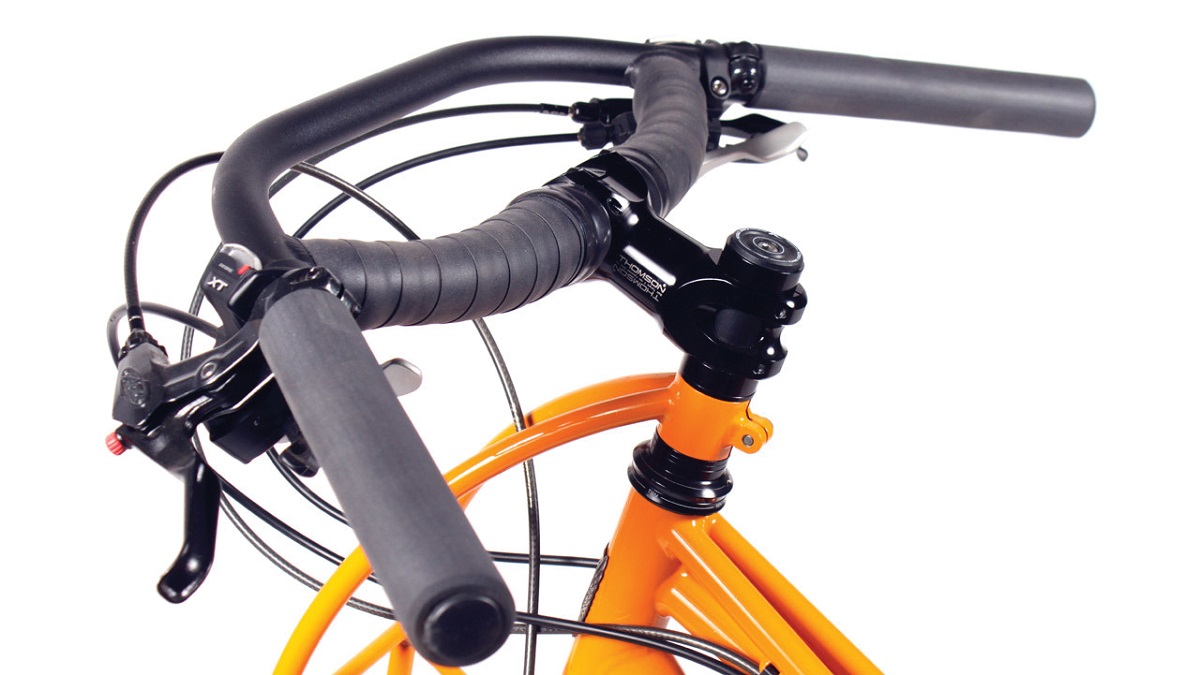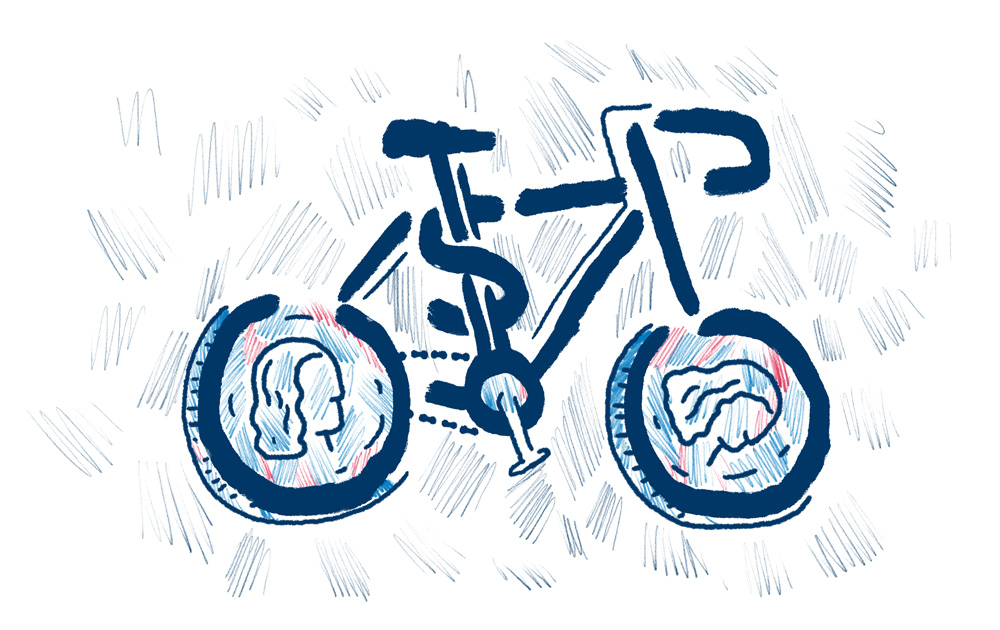What to Look for in a Touring Bike
A bike doesn’t need to have “touring” in the model name to be a great touring bike, nor does any single element a touring bike make. Here’s a list of things to look for when you’re shopping:
Low Gear
The needs of a touring cyclist diverge most sharply from performance and recreational cyclists in the drivetrain. Slap some camping and cooking gear along with clothes, spares, and other equipment on your bike and you’ll quickly see why! Drivetrains are often referred to in shorthand as “triples,” “doubles,” or “1x ” based on the number of chainrings on the crank. While triples will offer the most number of gears, many double and single-ring setups can now mimic the range offered by triple drivetrains. In general, a low “gear inch” (see What the Heck is a Gear Inch?) of 20 is enough for almost any application.

Rack Mounts
You don’t need rack mounts, but they open up options for carrying gear on your bike. Front and rear racks provide a mounting point for panniers — a kind of bike-mounted suitcase — that can swallow a huge range of gear. Racks also provide a spot to strap extras that might not fit well inside other bags and don’t require protection from weather (camp sandals, for example).
Brakes
Rim brakes have largely, though not completely, given way to disc brakes on most brand-name bikes. Still, many a tour has taken place with cantilever or V-style rim brakes, which, when well adjusted, offer adequate stopping power. Disc brakes, cousins of what you’d find on a car, offer increased power and better wet-weather stopping with excellent reliability. Discs come in both cable-actuated and hydraulic systems, both of which are excellent choices.

Handlebars
Largely a matter of personal preference, bars range from basic flat options to hooked dropbars to all manner of looped, flared, and protruding models. Dropbars offer a wider variety of hand positions — a blessing on long days — but flats are friendlier for many beginners. Other shapes like the Jones H-Bar offer a mix of both. Be aware that the types of brake levers and shifters that work with flats don’t work with drops and vice versa.
Wheels and Tires
We’re in a golden age for touring tires, with options ranging from armored-up tires and heavy-duty tubes (for protection against flats) to lightweight tires that don’t require tubes and use a latex sealant to prevent flats (for a more comfortable ride). In general, bike travelers are well served by wider tires than road bikes typically offer, and sizes ranging from a more traditional 35mm to enormous 5.0in. “fat” tires are used on all types of terrain. For tarmac, 35–50mm is common, while on dirt 2.1in. and up is recommended for most applications. Wondering why the switch between metric and imperial? Us too. A quirk of modern cycling is that “road” bikes have held on to a metric measurement while “mountain” bikes use imperial. We blame the California roots of knobby tires!
As for wheel diameter, 700c/29er, 650b/27.5in., or 26in. are all used. Sometimes smaller wheels are advantageous for shorter riders, sometimes not, and all are commonly available around the U.S. and Europe. If your adventures take you farther afield, 26in. parts are often the most widespread in the rest of the world.

Where to Buy
There are deals to be had on eBay and Craigslist, and enthusiast forums around the internet feature lively classifieds sections, but it’s hard to beat a local bike shop (LBS). Find a good one and you have a partner in adventure, a trusted mechanic, and — in many cases — a like-minded community of riders orbiting around the shop. No LBS in your neck of the woods? Direct-to-consumer options are widespread and offer very competitive pricing, though they can’t help you out when assembly, maintenance, or random advice is required.


